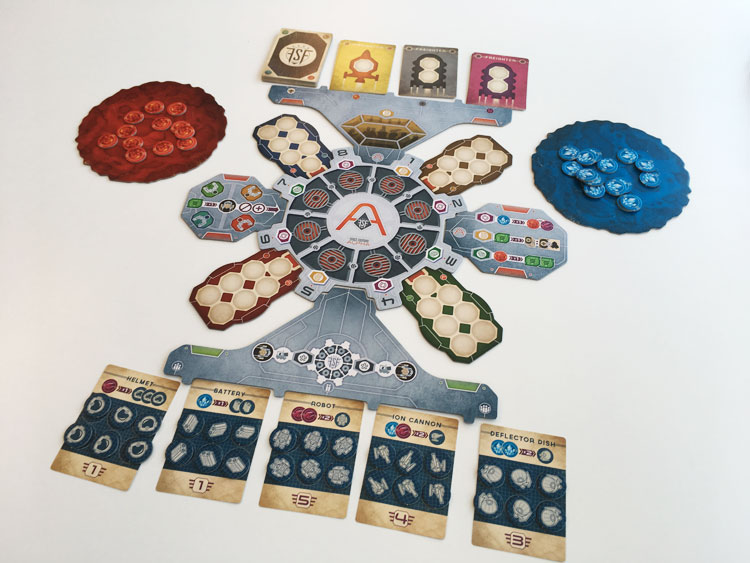
Then those blacklisted players find the advanced players will not play them and they will be stuck forever playing the beginning players on that app. On some servers and apps, players have gone so far as to blacklist other players who play 4:1 who are not beginning players. Each player playing first would win their match playing 4:1 resulting in a rather boring and uninteresting match-up. For example, you can imagine what would happen in a head-to-head match between two intermediate or advanced players where both play 4:1 each game and the player that goes first alternates. So while it is generally acceptable for the beginning or early-intermediate player to play 4:1 on the first move, it is considered unsporting and bad form for the intermediate or advanced player to play that. It doesn't take long for a player with practice to reach the point in their skill level that they never lose playing 4:1 as player #1. So when player #1 plays 4:1 on the first move, that player with all the right subsequent moves will always win regardless of what moves player #2 makes. The Kalah version of Mancala is considered a "perfect" game in the sense that one player with all the right moves can never lose no matter what moves the other player makes. I have been playing the Kalah version (the most popular version) of Mancala for a few years now and recently have seen a large number of new and not-so-new players playing 4:1 as player #1 on move #1, with no understanding of why they are looked down on by more advanced players. And so on until the player cannot capture more seeds, always taking into account that players can only capture seeds from their opponents holes and never from their own holes.I don't know if anyone reads this sub anymore, but I thought I would post this here for those that do and are interested in this subject. When the hole immediately to the right of the last pit from which seeds were captured contains also two or three seeds, the player will capture them too. Taking all the seeds from the hole and saving them in his own store. When the last sown seed is dropped in one of the holes belonging to the opponent, and after dropping the seed the hole contains exactly two or three seeds, the player will capture them. It may well be the case that the player sows twelve or more seeds, in which case the player will sow them going round around the board, dropping one seed in each hole in every round, but never dropping a seed in the hole from which the seeds were collected. South sows 4 seeds, distributing them around the board one by one in a counterclockwise direction.Īfter sowing the seeds, the hole from which the player has collected seeds will be empty. A player will never sow on the holes used for storage. Sowing Seedsĭuring sowing, the player distributes the seeds collected in the first phase along the board in a counterclockwise direction dropping one seed in each of the playing holes until all the seeds are distributed. Therefore, a move that would leave all the holes empty on the opponent's side is not legal.

Subsequently, these seeds will be distributed on the board during the sowing phase.Ī player may collect the seeds from any of the holes that belong to him if it contains one or more seeds, only with the exception that after making the move his opponent must be able to play. In the first phase of a movement, the player who is to move chooses one of the holes on his own side of the board and collects all the seeds on it, leaving the hole empty.


During the sowing a player distributes the collected seeds along the board, and during the capture phase the player takes, if possible, the seeds found in the pits of the opponent. Each move of the game is done in three phases: collecting, sowing and capturing.


 0 kommentar(er)
0 kommentar(er)
